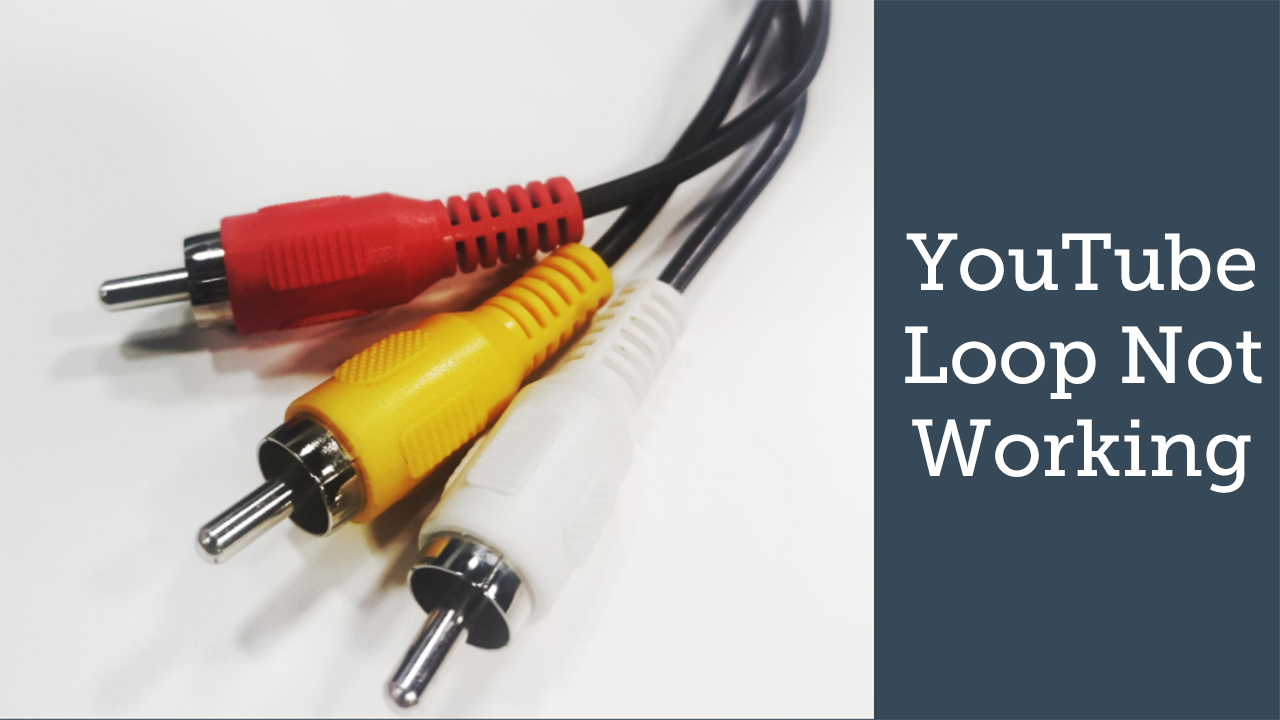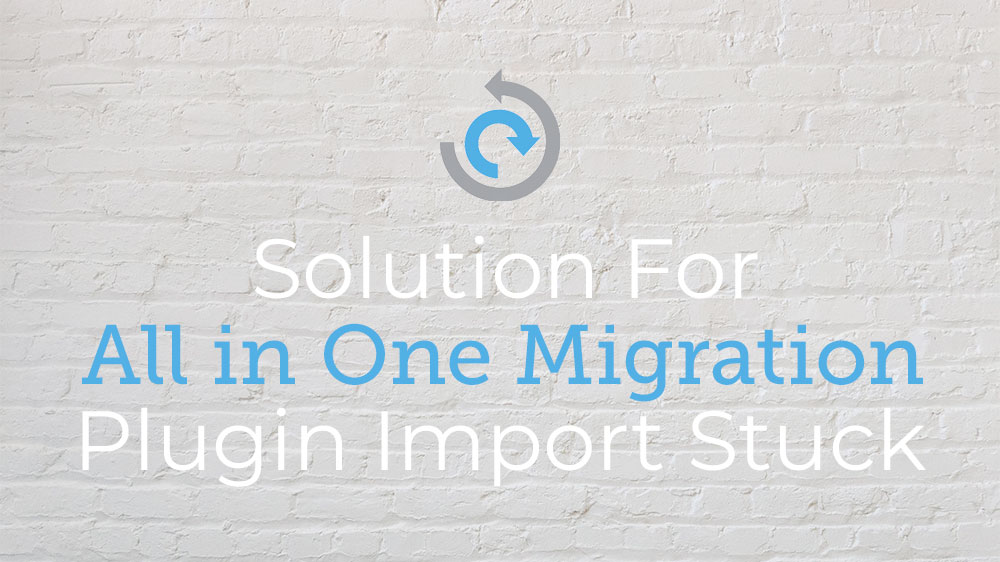Introduction
YouTube has become an integral part of our digital lives, providing an enormous variety of content for entertainment, education, and communication. For content creators and website owners, embedding YouTube videos is a popular way to enrich their websites and engage visitors. However, users have encountered a frustrating problem: the inability to loop YouTube videos when embedded on external sites. In this article, we’ll delve into the issue of YouTube loop not working in embeds, explore the reasons behind this limitation, and discuss potential solutions.
Understanding the Issue
A common desire among YouTube users is to have a video replay automatically in a loop, allowing viewers to enjoy their favorite content without having to manually restart it. While the official YouTube website offers a loop option on its native player, this functionality does not extend to embedded videos.
When a YouTube video is embedded on an external website, the loop option is not supported by default. Even if you attempt to add “loop=1” to the video’s URL parameters or use the “loop” attribute in the iframe code, it won’t work as intended.
Reasons Behind the Limitation
Several reasons contribute to the YouTube loop limitation in embedded videos:
- User Experience: YouTube aims to provide a seamless and enjoyable user experience across different platforms and websites. Constantly looping videos might be seen as an annoyance for some users, leading to a less positive overall experience.
- Server Load: Enabling the loop functionality on embedded videos could increase the server load significantly, especially when videos are embedded on high-traffic websites. This could strain YouTube’s infrastructure and lead to performance issues.
- Copyright Concerns: YouTube has stringent copyright policies, and videos played in an endless loop could potentially infringe on copyrighted material. By disabling loop functionality for embedded videos, YouTube reduces the risk of misuse.
- Ad Revenue: YouTube generates revenue through advertisements shown before, during, or after videos. Allowing looping on embedded videos could be exploited to continuously play ads without any real user interaction, potentially impacting the platform’s advertising model.
Potential Workarounds To Fix YouTube Loop Issue:
While YouTube does not offer a direct loop option for embedded videos, there are some workarounds that users and website owners can consider:
- Browser Extensions: Some web browser extensions and add-ons allow users to loop videos on external sites. These extensions typically add an extra button on the YouTube video player that enables looping and sometimes browser extensions like adblocker can also make the loop to not work so be aware of that.
- Custom Code: For website owners with coding knowledge, custom JavaScript solutions can be implemented to create a looping effect on embedded YouTube videos. However, this method requires expertise in web development and might not be suitable for everyone.
- Embed Responsively: Instead of looping, consider embedding a playlist or a series of related videos. This way, users can continue watching related content without having to leave your website manually. The parameter used for playlist is called playlist and used as &loop=1&playlist=[your-youtube-video-id]
- Seek User Interaction: Encourage users to replay the video manually by adding a prominent replay button near the video player. This maintains engagement while respecting YouTube’s policies.
Conclusion
While YouTube’s loop functionality is a convenient feature for regular visitors to the platform, it is not directly supported for embedded videos. The reasons behind this limitation primarily revolve around maintaining a positive user experience, protecting copyright, and preserving the platform’s revenue model.
As a user or website owner, you can explore alternative solutions to achieve a looping effect, such as browser extensions or custom code implementations. Nevertheless, it is essential to be mindful of YouTube’s policies and the copyright implications when using third-party solutions.
In the end, as YouTube continues to evolve, there may be updates or changes in policies that could address this limitation. Until then, users and content creators must adapt to the existing conditions and seek creative ways to engage their audience while respecting YouTube’s guidelines.






Leave A Comment